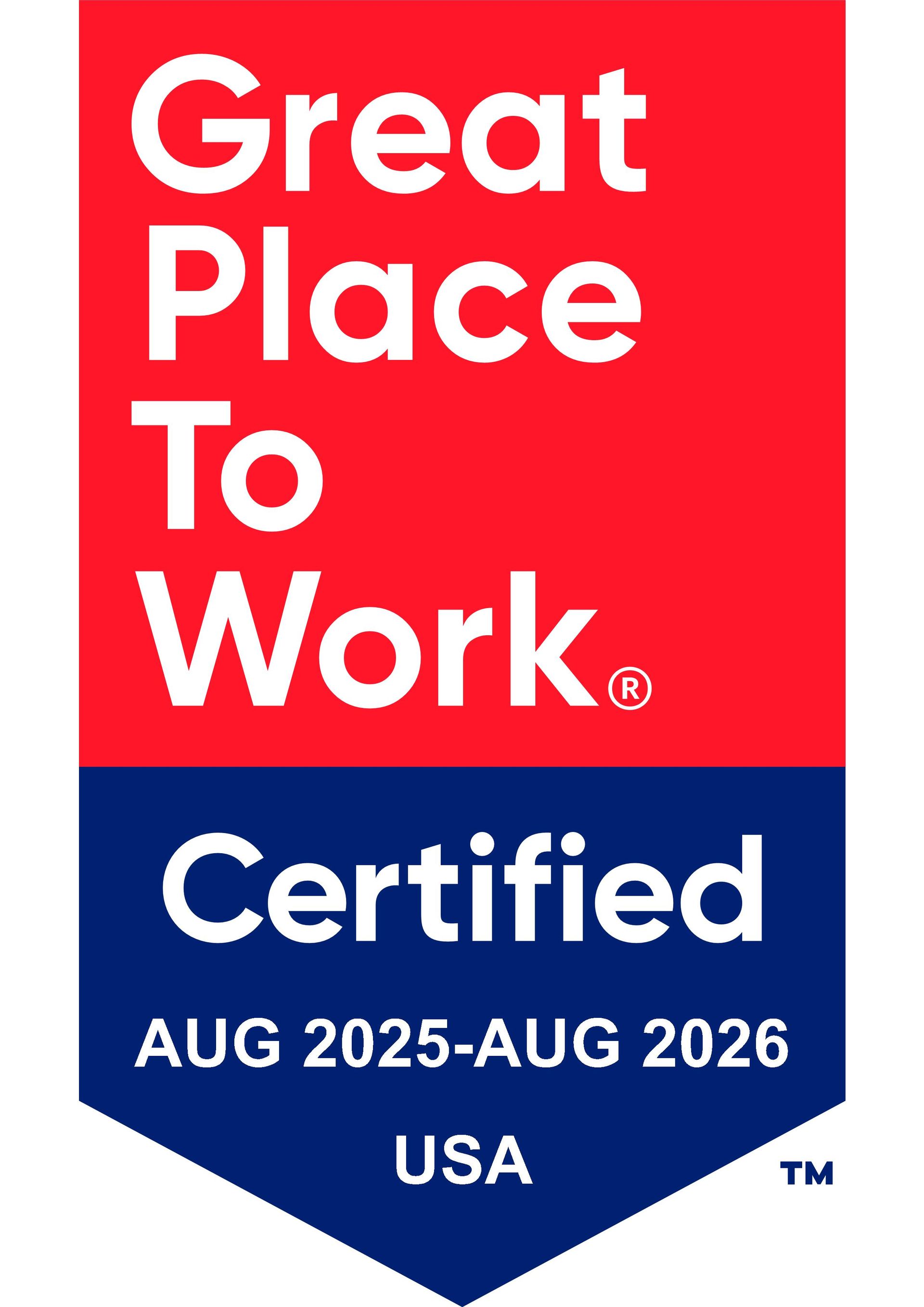
Optimized Employee Benefits Strategies to Improve ROI
25 March 2024

A well-structured employee benefits package is not just a tool for recruitment and retention but a strategic asset that can significantly impact a company's return on investment (ROI). An optimized employee benefits strategy goes beyond the traditional offerings to include a suite of tailored, meaningful options that align with both employee needs and organizational objectives. Understanding and implementing such a strategy can lead to improved employee satisfaction, productivity, and ultimately, a healthier bottom line. For professional assistance with optimizing your employee benefits plan, schedule a chat with a KBI Benefits agent.
Optimized Employee Benefits Strategies to Improve ROI
The cornerstone of an optimized employee benefits package includes not only the basics like medical, dental, and life insurance, but also extends to more personalized options. These can range from mental health support and flexible work arrangements to financial wellness programs and beyond. Offering a broad spectrum of benefits meets diverse employee needs and positions the company as a desirable place to work, as a one-size-fits-all approach to employee benefits is often less effective.
Tailoring benefits to fit the unique demographics and preferences of your workforce can enhance employee satisfaction and engagement. For example, younger employees might value student loan repayment assistance, while older employees may prioritize retirement planning services. Conducting regular surveys and feedback sessions can help identify what benefits your employees value most.
Monitoring and Adjusting Your Benefits Offering
To ensure your benefits package continues to deliver value, it's crucial to evaluate its effectiveness regularly. This involves monitoring utilization rates, gathering employee feedback through surveys and exit interviews, and assessing the impact on recruitment and retention rates. By staying attuned to these metrics, businesses can adapt their benefits offerings to meet changing employee needs and external conditions.
Of course, this is easier said than done when you’ve got a business to run. That’s why KBI Benefits synthesizes this information on your behalf and provides actionable solutions to make your employee benefits work for you. Speak with a KBI Benefits agent today to learn more.
Balancing Costs with Value
While offering a comprehensive benefits package is important, it's equally crucial to manage costs effectively. Employers should evaluate the cost-benefit ratio of each component of their benefits package. High-cost benefits that do not significantly enhance employee satisfaction or productivity might need to be reevaluated. Conversely, investing in benefits with a high perceived value by employees can be a cost-effective way to enhance satisfaction and loyalty.
Maintaining a dialogue with your employees is an essential step in this process to ensure your investment is resonating with your employees, as an optimized employee benefits strategy can have a profound impact on company culture and performance. Benefits that support work-life balance, such as flexible scheduling and remote work options, can lead to a more engaged and productive workforce. Similarly, benefits that address financial wellness and mental health can reduce stress and improve overall well-being, contributing to a positive work environment and higher levels of employee engagement.
Leveraging Expertise for Enhanced ROI
Developing and maintaining an optimized employee benefits strategy requires a nuanced understanding of both the market and the specific needs of your workforce. Businesses seeking to enhance the ROI of their employee benefits offering can benefit from expert guidance.
KBI Benefits specializes in employee benefits can provide valuable insights into industry trends, help tailor benefits packages to meet specific needs, and offer strategies for measuring and improving the impact of benefits on employee satisfaction and company performance.
By carefully selecting, tailoring, and continuously evaluating the benefits offering, businesses can enhance employee satisfaction, attract and retain top talent, and ultimately, improve their ROI. Business owners looking to elevate their employee benefits strategy should consider partnering with experts in the field.
Speaking with a KBI Benefits expert today can provide personalized, actionable suggestions on how to refine your employee benefits offering for maximum impact.



